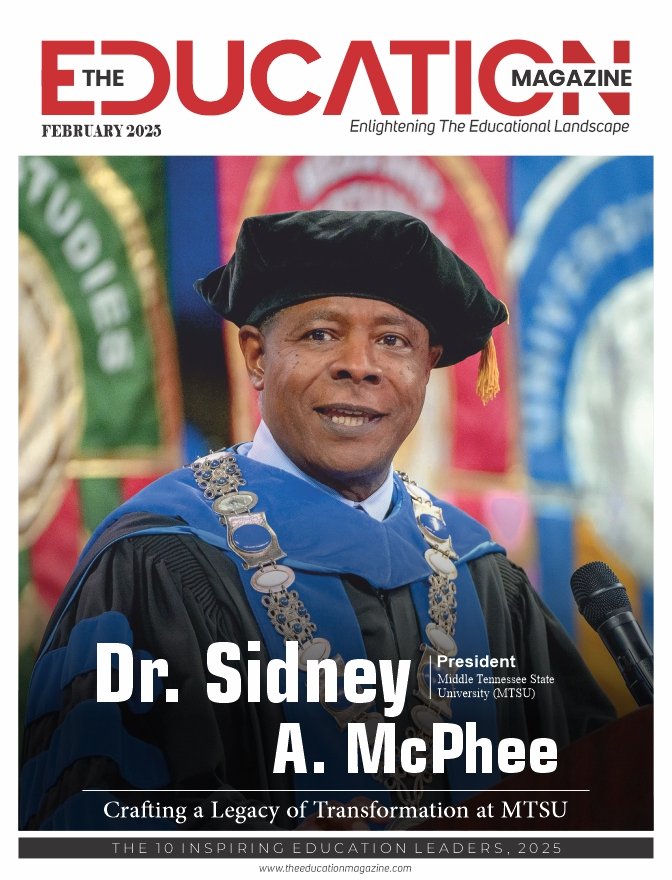When thinking about civil rights in the United States, an often-overlooked chapter of the continuous saga towards equality is the struggle for disability rights. Its storied history and its continuous, determined efforts have hugely improved the outcomes and livelihoods of Americans with disabilities, and this saga continues to this day.
This article will give you a brief overview of the evolutionary journey of disability rights in the US, touching on some key moments and figures in the process. Something to reflect on as you read, though: what kind of rights do you take for granted? Are you someone who is studying an online nurse practitioner program and wants to eventually work with people with disabilities? Or are you part of a community that had to fight for those rights, or were you granted them just because of how or where you were born?
Early Days: Exclusion and Neglect
For much of modern American history, people with disabilities were marginalized and often institutionalized, hiding them from the public eye. The attitudes at the time were born from misconceptions and prejudices, which helped perpetuate discrimination and exclusion. There weren’t any legal protections for people with disabilities, meaning they faced significant barriers to participating in society. Getting a job, receiving an education, and even leaving the house were extremely difficult, and could risk the individual’s safety.
The turning point in these attitudes came as troops returned home following World War II, with many of them becoming disabled as a result of their participation in the conflict. Old attitudes of discrimination seemed incongruent with soldiers who’d risked their lives for American freedoms. Their experiences of being disabled in society highlighted a need for support and recognition of disability rights, and began to give momentum to a new movement to tackle these issues.
Advocacy Manifest: The ‘60s and ‘70s
Grassroots advocacy groups emerged in the 1960s and 1970s that challenged perceptions and advocated for change. The National Federation of the Blind (NFB) was established in 1940 at the beginning of WWII, but it wasn’t until 1975 that the American Coalition of Citizens with Disabilities (ACCD) was established, a consumer-led disability rights organization run entirely by people with disabilities.
Despite being looked upon as something of a novelty at the time, the organization had its first headline victory two years after its establishment in 1977, when it successfully enacted a 10-day “sit-in” to force the American federal government to enact Section 504 of the Rehabilitation Act, which was the world’s first disability civil rights provision. The act had been passed four years prior, but Section 504 had notoriously been left out of legislation until the ACCD’s sit-in. This landmark achievement laid the groundwork for future advancements in disability rights and was the direct precursor to the Americans with Disabilities Act (ADA).
The ADA
The ADA was passed in 1990, a watershed moment in the history of disability rights. It was signed into law by President George H.W. Bush and aimed to end discrimination against people with disabilities, ensuring equal opportunity across all facets of life. It represented the culmination of decades of activism and advocacy and its impacts are still felt to this day. It mandated the removal or mandatory change of physical barriers, including inaccessible buildings and facilities, which made public spaces more inclusive and accessible to everyone. One of the key changes made was prohibiting workplace discrimination, meaning that employers were legally mandated to provide reasonable accommodation for employees with disabilities.
Beyond Legislation: Changing the Minds of the American People
While the ADA’s passing represented a huge victory for equality, the law is not the only place where battles needed to be won. Advocates from the movement used public awareness initiatives, grassroots campaigns, and cultural representation in media to challenge stereotypes around people with disabilities and ensure that inclusion meant real inclusion. This process didn’t happen overnight, though, and it still continues to this day.
As of last year, there are roughly 42.5 million Americans with disabilities, accounting for 13% of the population, and it’s important to remember the intersectionality that comes with this statistic. Many of those living with disabilities also identify as another marginalized group, making it even more difficult to go through life without facing discrimination.
The history of disability rights in the US is a testament to the power of collective action and how it can positively affect the outcomes for groups of marginalized people. From the shadows of exclusion to the forefront of empowerment, people with disabilities have fought for recognition, equality, and dignity. While moments like Section 504 and the ADA’s passing are huge strides in the right direction, inclusion is an ongoing endeavour that requires care and commitment from all.
Also Read: 5 Questions Related to Long-Term Disability Claims and Their Answers










